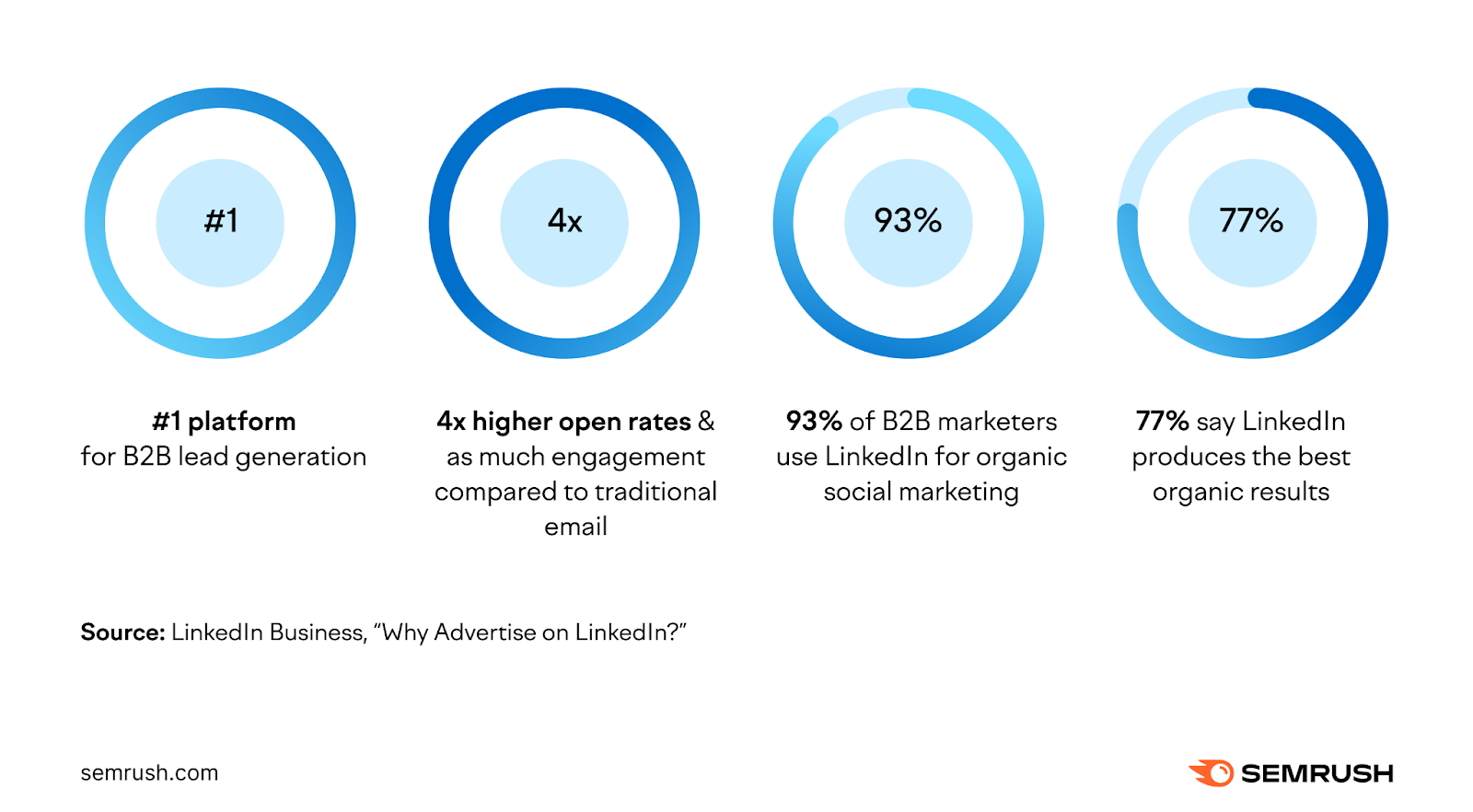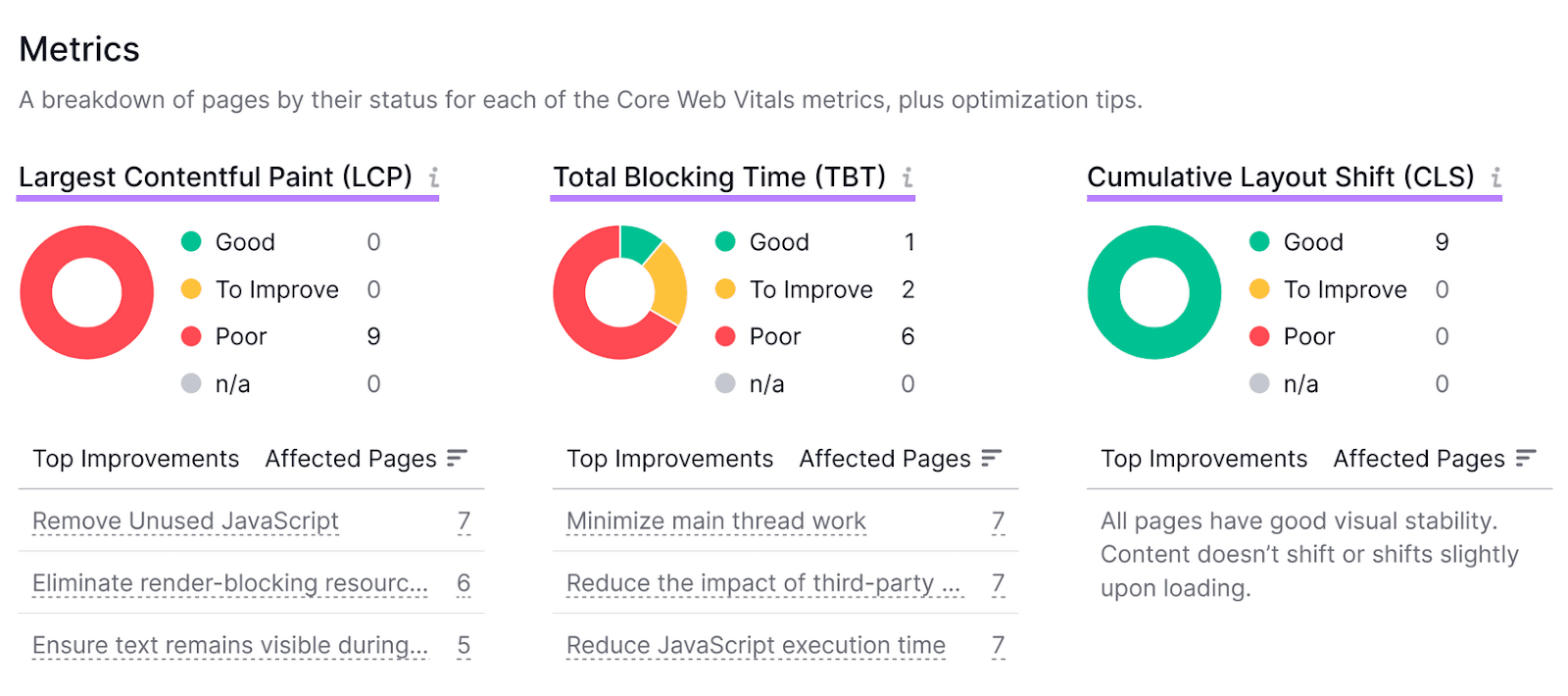Why the shift from ‘conversions’ to ‘key events’ in GA4 is a game-changer

The recent shift from “conversions” to “key events” in (GA4) represents a significant change that digital marketers, especially SEO professionals, need to understand and act on.
This article explores the implications of this change and insights on how to leverage it to elevate your marketing reporting.
Understanding key events in GA4
On March 21, I got an email from a former student who said he’d logged into Google Analytics 4 (GA4) that morning and saw, “Analytics conversions have been renamed key events.”
Google explained:
“To distinguish conversions in Google Analytics from those in Google Ads, Analytics conversions are now called key events. You don’t need to take any action on your existing setup. Key events are created and reported like previous conversions in Google Analytics.”
When he clicked the arrow for more information, he learned:
“Key events in Google Analytics measure the interactions most important to your business. For example, you could mark an important event like a purchase or newsletter subscription as a key event. This will appear as a key event metric in Analytics reports.”
And when he clicked on the next arrow, he saw a summary of the updates:
- “An event measures a specific behavioral interaction on your website or app.
- “A key event is an event that you mark as important to your business. Key events appear in Analytics reports but aren’t directly eligible for reporting or bidding in Google Ads.”
Since he’d taken my online course on GA4, my former student asked me, “How will the change to key events impact my metrics and reporting? And is there anything I need to be doing?”
I started thinking about all the other subtle name changes that Google engineers had made to Universal Analytics (UA), which had signaled significant paradigm shifts in GA4:
- UA used data based on sessions; GA4 uses data based on events.
- UA measured bounce rate; GA4 measures engagement rate.
- UA used cookies; GA4 uses modeling to estimate key events.
- UA let you set up to 20 goals; GA4 lets you mark up to 30 key events.
- UA provided data; GA4 automatically provides anomaly detection.
- UA reported what users did; GA4 generates predictive insights.
- UA used last-click attribution; GA4 uses data-driven attribution.
That’s when I realized that the shift from conversions to key events in GA4 is a game changer.
This is especially true for SEO specialists and managers who currently use website traffic from organic search to measure their results. But it is also the case for other marketing professionals, who could use website traffic from referral, organic social or other default channels to measure their contribution to the success of their company or clients.
What this change means for SEOs
So, let’s start with the impact that measuring key events can have on the career path of SEOs. Many SEOs use Search Console to measure organic search traffic. And who can blame them?
Organic search is responsible for 53% of all website traffic, while paid search is responsible for 15%, per a BrightEdge study. (This study included thousands of domains and tens of billions of sessions, though it excluded direct traffic.)
Unfortunately, providing “53% of all website traffic” doesn’t appear to be highly valued by the executives in the C-suite at more organizations that you can shake a stick at. If it were, then you’d see a lot more VPs of SEO, wouldn’t you?
So, what is highly valued by the C-suite? Well, it differs by organization. But most executives are focused on business objectives like “raise brand awareness,” “generate leads” or “drive online sales.”
That’s why Google added the Business Objectives collection to GA4 in June 2023. However, the latest shift from conversions to key events gives SEOs a new opportunity to measure what matters.
Aligning with business objectives
Before this latest shift, it was possible to measure “micro conversions.”
But the term “micro conversions” tended to remind their executives that these small steps fell short of “macro conversions,” which are the important interactions that directly impact the success of their business.
However, “key events” sound much more valuable than “micro conversions.” If you disagree, then ask yourself this question: Would you rather tell your executives that you will be providing “sushi” or “cold, dead, raw fish” at their next meeting?
Words matter.
So, if your chief marketing officer is focused on raising brand awareness at your B2C company, then you should start reporting how many organic search users go on to:
- Scroll to 90% of a blog post or article.
- Play at least 50% of a product video.
- Complete a tutorial.
If your chief revenue officer is focused on generating leads at your B2B company, then you should kick off a new set of reports on the number of organic search users who go on to:
- Download a white paper.
- Subscribe to a newsletter.
- Complete a registration form.
And if your chief executive officer is focused on driving online sales at your ecommerce, then you should begin reporting the percentage of organic search users who go on to:
- Begin the checkout process.
- Add merchandise to the shopping cart.
- Make a purchase.
This is particularly true if you can assign a default monetary value to a key event in GA4.
Assigning monetary value to key events
Now, purchase events already have value and currency parameters. But you can add the same parameters to any other key event. Just calculate the economic value of a key event based on how often the people who take this important action go on to become customers later.
For example, if 10% of the people who sign up for a newsletter go on to become customers and your average transaction is $500, then you can associate $50 (10% of $500) as the monetary value of this key event.
If you want to see this for yourself, then go to the Google Analytics demo account. Just click on the Google Analytics 4 property: Google Merchandise Store (web data) and then ask yourself this question: Would you rather tell your executives that organic search provided “27,657 users,” “42,596 key events” or “$61,370 in revenue” over the last 90 days?
I know the revenue number above looks like “small change,” but the most popular item purchased from the Google Merchandise Store in the last 90 days was a “Google Cloud Sticker,” which cost $1.25. So, you may provide your company or clients with significantly more economic value.
Get the daily newsletter search marketers rely on.
Adopting key events beyond SEO
SEOs aren’t the only ones who can adopt key events and revenue as key performance indicators (KPIs).
For example, if you scroll down the Google Merchandise Store data in GA4, then you’ll see the “referral” channel, which is an innovative way to measure digital PR, delivered 5,987 users, 12,260 key events and $10,210 in revenue over the last 90 days.
The “organic social” channel, which offers a new way to measure social media marketing, delivered 1,920 users, 4,952 key events and $5,797 in total revenue over the same period.
This brings us to direct traffic, also known as “dark traffic.”
Back in 2014, an “experiment” by Groupon found that up to 60% of “direct” traffic was actually organic search traffic.
In 2023, a large portion of traffic marked as “direct” in Google Analytics was likely sent by “dark social” networks like TikTok, Slack, Discord, Mastodon and WhatsApp, according to research by SparkToro. (Disclosure: I was one of about 100 experiment participants recruited to conduct this experiment.)
So, would it be a “career-damaging move” to ask an executive to discuss the probable sources of direct traffic?
Well, you know the “highest paid person’s opinion” in your office better than I do. But I’d bet dollars to donuts that he or she would welcome such a discussion – especially if it takes place before his or her next meeting with other members of the C-suite.
And while you will want to use your own data from GA4, here’s what the Google Analytics demo account will show you:
- The “direct” channel provided 75,788 users, 91,304 key events and $189,918 in revenue over the last 90 days.
- That makes it almost 2.5 times more valuable than the organic search, referral and organic social channels put together.
However, only a very small percentage of these users went to the home page of the Google Merchandise Store.
The overwhelming majority went to a wide variety of landing pages, including ones for stationery, new products, sale (clearance) items, men’s and unisex apparel and drinkware and bags (lifestyle) merchandise.
So, where did all these people discover the relatively long URLs for the plethora of landing pages?
Here’s my scientific, wild-ass guess: It was a two-step process.
- Step 1: A small group of opinion leaders discovered a page about a specific product using organic search, news articles or social media posts.
- Step 2: This small group copied and pasted links to these pages – along with their opinion of the product – in thousands of emails, text messages or Zoom chats to a larger group of their friends, family and colleagues.
And voila! You get a ton of so-called direct traffic to a wide variety of landing pages on the Google Merchandise Store’s website that’s hard to track directly.
Now, I didn’t make up this two-step flow model of communication. According to an article written by Monica Postelnicu and fact-checked by the editors of Encyclopedia Britannica:
“The two-step flow model was formulated in 1948 by Paul Lazarsfeld, Bernard Berelson and Hazel Gaudet in the book The People’s Choice, after research into voters’ decision-making processes during the 1940 U.S. presidential election.”
I think it offers a tested and validated model of what is probably happening today.
Test and prepare for imminent changes in search marketing
Even if you haven’t tested or validated it yet, it’s a fairly smart move to ask an executive to discuss the probable sources of direct traffic – especially if you also recommend conducting some tests using Google’s campaign URL builder tool, which enables you to easily add campaign parameters to URLs so you can measure your custom campaigns in GA4.
You should have this conversation and conduct these tests sooner, rather than later. Why?
Because a seismic change is coming in 2024 and those who can measure the quality as well as the quantity of organic search, referral and organic social traffic will be in a stronger position to survive – and thrive.
In an article entitled, “Google SGE a top threat to brand and product terms, study finds,” Danny Goodwin wrote:
“You should expect to see ‘some erosion of current traffic levels’ from brand-related terms as a result of Google’s Search Generative Experience, according to a new Authoritas analysis.”
So, how much erosion are we talking about?
Well, Authoritas found Google SGE displayed for 91.4% of all search queries. Another study by BrightEdge found 84% of search queries will include Generative AI when SGE is fully deployed by Google.
So, imagine that you’re living on the brink of the verge of the edge of the San Andreas Fault. You’d probably take some prudent precautions to prepare for the upcoming “searchquake.” And you’d almost certainly want to do more than hang your pictures with two nails instead of one.
The sooner you start measuring key events, the better. As Sun-Tzu observed, “In the midst of chaos, there is also opportunity.”
Opinions expressed in this article are those of the guest author and not necessarily Search Engine Land. Staff authors are listed here.
Source link : Searchengineland.com



